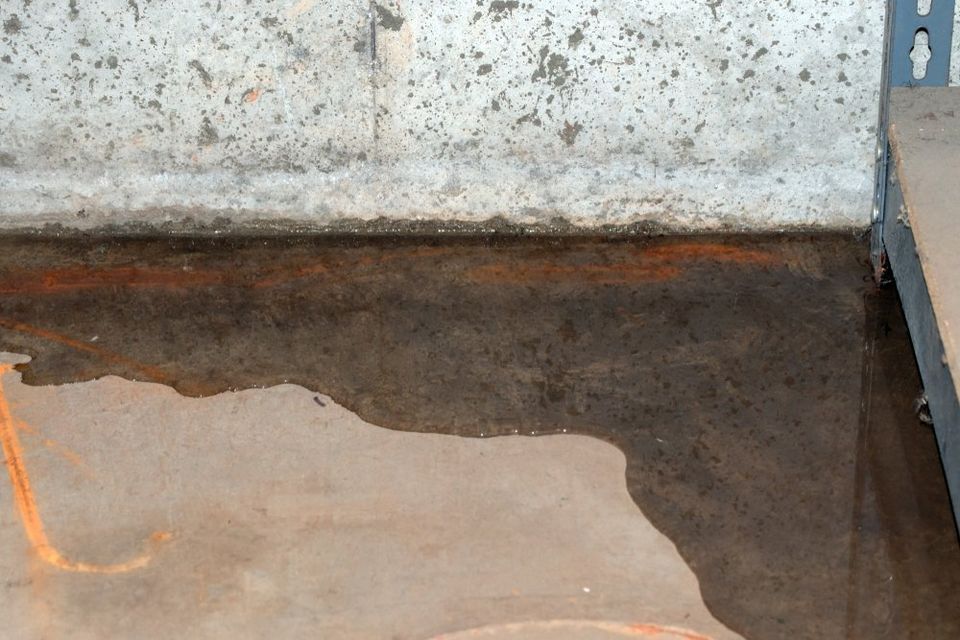Do's & Don'ts of Water Damage.
Do's & Don'ts of Water Damage.
Blog Article
Were you looking for help around How To Prevent Fire And Water From Ruining Your Holiday Season?

Water provides life, yet water breach on some parts where it's not expected to be can result in damage as well as trouble. In enhancement, residences with water damage odor stuffy and old.
Water can come from many sources like hurricanes, floods, burst pipes, leakages, and also sewage system concerns. It's far better to have a functioning expertise of safety and security precautions if you have water damage. Here are a few standards on just how to manage water damages.
Do Prioritize House Insurance Coverage Protection
Seasonal water damage can come from floodings, seasonal rains, and wind. There is also an occurrence of a sudden flooding, whether it originated from a defective pipe that all of a sudden bursts right into your residence. To shield your residence, get house insurance that covers both disasters such as all-natural calamities, as well as emergency situations like busted plumbing.
Do Not Neglect to Shut Off Energies
When disaster strikes and you're in a flood-prone location, switch off the major electric circuit. Shutting off the power protects against
electrical shocks when water is available in as water functions as a conductor. Do not neglect to switch off the major water line shutoff as a method to prevent more damage.
Maintain your furniture steady as they can move around and cause added damage if the floodwaters are getting high.
Do Keep Proactive and also Heed Climate Notifies
If you live in an area pestered by floodings, remain prepared and also positive at all times. Listen to the news as well as emptying cautions if you live near a body of water like a creek, lake, or river .
Don't Ignore the Roofing System
Your roofer should take treatment of the malfunctioning seamless gutters or any type of other indicators of damage or weakening. An inspection will certainly stop water from flowing down your walls as well as soaking your ceiling.
Do Focus On Small Leakages
A burst pipeline doesn't happen in a vacuum cleaner or overnight. There are warnings that can draw your focus as well as indicate to you some damaged pipelines in your home. Indicators of red flags in your pipelines include gurgling paint, peeling wallpaper, water touches, water spots, or trickling noises behind the wall surfaces. There are indications that the pipeline will certainly rupture. If you see these signs, don't await an acceleration. Repair and also inspect your plumbing fixed before it results in large damage to your home, funds, and an individual nightmare.
Don't Panic in Case of a Ruptured Pipeline
Timing is crucial when it comes to water damage. If a pipe ruptureds in your residence, promptly shut off your main water shutoff to cut off the source and protect against even more damage. Call a reputable water damages repair specialist for aid.
Water provides life, but water breach on some parts where it's not supposed to be can result in damages as well as hassle. In enhancement, houses with water damage scent old as well as musty.
Seasonal water damage can come from floodings, seasonal rainfalls, and wind. Indicators of red flags in your pipes consist of bubbling paint, peeling off wallpaper, water streaks, water discolorations, or leaking audios behind the walls. If a pipeline bursts in your residence, right away shut off your primary water shutoff to cut off the resource and protect against more damages.
Some Do's & Don't When Dealing with a Water Damage
DO:
Make sure the water source has been eliminated. Contact a plumber if needed. Turn off circuit breakers supplying electricity to wet areas and unplug any electronics that are on wet carpet or surfaces Remove small furniture items Remove as much excess water as possible by mopping or blotting; Use WHITE towels to blot wet carpeting Wipe water from wooden furniture after removing anything on it Remove and prop up wet upholstery cushions for even drying (check for any bleeding) Pin up curtains or furniture skirts if needed Place aluminum foil, saucers or wood blocks between furniture legs and wet carpet Turn on air conditioning for maximum drying in winter and open windows in the summer Open any drawers and cabinets affected for complete drying but do not force them open Remove any valuable art objects or paintings to a safe, dry place Open any suitcases or luggage that may have been affected to dry, preferably in sunlight Hang any fur or leather goods to dry at room temperature Punch small holes in sagging ceilings to relieve trapped water (don't forget to place pans beneath!); however, if the ceiling is sagging extremely low, stay out of the room and we'll take care of it DO NOT:
Leave wet fabrics in place; dry them as soon as possible Leave books, magazines or any other colored items on wet carpets or floor Use your household vacuum to remove water Use TV's or other electronics/appliances while standing on wet carpets or floors; especially not on wet concrete floors Turn on ceiling fixtures if the ceiling is wet Turn your heat up, unless instructed otherwise

I was made aware of that article about Safety Tips To Prevent Fire And Water Damage from an associate on a different domain. Loved our entry? Please share it. Let another person discover it. Many thanks for your time spent reading it.
Report this page